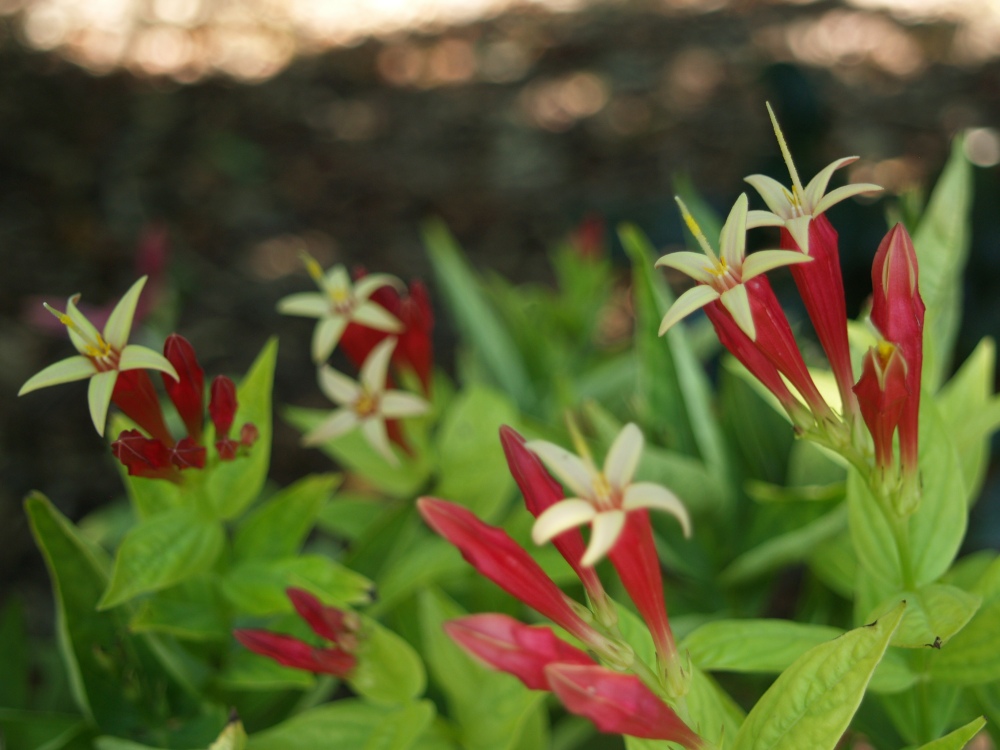The past week was devoted to caterpillars and beetles, and to damage to the garden from these beasts. Today, we return to the beauty of the garden, and hope to forget injury to foliage and flowers. Readers looking to witness the carnage, or to match destruction to damage in their own garden should scroll further.
After the better part of three decades tending this garden, surprises should be fewer, but are anything but. When confronted by damage from cold or storms, the gardener often expects the worst, that a tree or shrub will not survive, or will require years to recover fully. Then, a few months later, the Chastetree (Vitex agnus-castus, above and below) is growing remarkably to chest height, and today its unexpected blooms are visited by many bumblebees and swallowtails.
In April and May, when first signs of growth are typical, none were seen and I expected this large shrub was a goner. For a second winter, above ground growth was killed by severe cold. After all, the chastetree is cold hardy only to zero (Fahrenheit) , and with four or five days with colder temperatures the gardener should expect problems. And, when there are no signs of life by mid spring, well, what else is the gardener to expect?
But then, there are meager signs of growth from the roots, and a few weeks later this becomes more vigorous. In several weeks, growth is nearly back to where it was a year ago, and the year before that, before it suffered through two cold winters. Though chastetree is not regularly planted in northwestern Virginia, I’ve witnessed a few larger plants nearby that seem not to have suffered at all, and I hope this one grows so that it will better tolerate the occasional colder than average winter. 
Indian pinks (Spigelia marilandica) that were nibbled by deer earlier in spring are now beginning to flower. Better late than never. In fact, the pruning by deer promoted fuller branching and a few extra blooms, though I advise pruners are a more dependable means to encourage branching. The wonder is that the pinks were not eaten to the ground since I failed to spray them with a repellent soon enough. Instead, flower buds and foliage at the tips were nibbled, so little damage was done, and now all has turned for the best. I am frequently surprised when expectations for the worst turn to become nothing in particular to worry about.
Pretty flowers!!